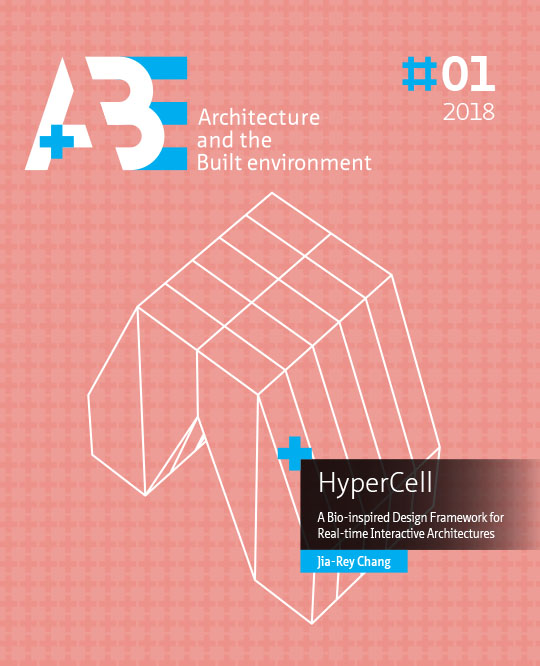Information Processor
Digital Form with Computational Means
DOI:
https://doi.org/10.7480/abe.2018.1.3750Abstract
How computational technology start to take place and gradually become being heavily involved/implemented in the design process of architectural design.
In the architecture domain, not only the proportion of the assistance from computational techniques has been increasing exponentially, but also, the role they play has been gradually shifting from a supporting one to a generative one. No longer limited to being a complex mathematics calculator, computers, have become a ubiquitous necessity in our daily life and even influence the way we live. This, is especially true for the young generation who were born in this digital world, mainly referred to as the “Generation Z”. Business Insider, a fast-growing business media website, mentioned that “Gen Z-ers are digitally over-connected. They multitask across at least five screens daily and spend 41% of their time outside of school with computers or mobile devices, compared to 22% 10 years ago, according to theSparks & Honey report.” When Alan Turing first invented the room-sized “Turing Machine” to decipher Nazi codes, he couldn’t have expected that this giant machine could one day be put into one’s pocket and efficiently compute a million times more data. As compared to the era of tools, such as paper and pen, the computer, in today’s context has been heavily utilized and relied upon as a powerful instrument. This change is remarkable, considering the relatively short period of time, especially after 1981 when the first IBM personal computer was released (Mitchell, 1990). Architecture Design cannot be excluded from this inevitable technological tendency. Even the most conservative architecture firms are now required to deliver digital technical drawings to communicate amongst designers, clients, and construction firms in the present scenario. Incorporating computer technology in today’s context also provides young designers the opportunity to experiment with creating relatively complex geometry based architectural space. But before applying this powerful technology in architectural design, the crucial knowledge behind it that architects had to understand and realize was the manner and procedure of “Processing of Information”. Without information, the computer would be just lying on one’s desk as a useless cube, like a vehicle without a driver, or a body without a soul. The shifting roles of computer technology in architectural design are obviously defined by the manner of how designers interpret, digest and operate/process the streams of information flow.

